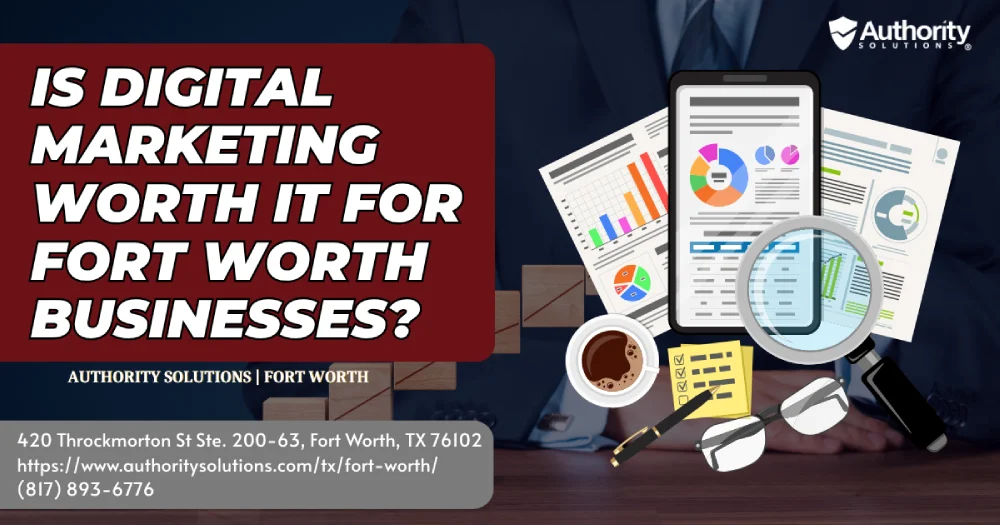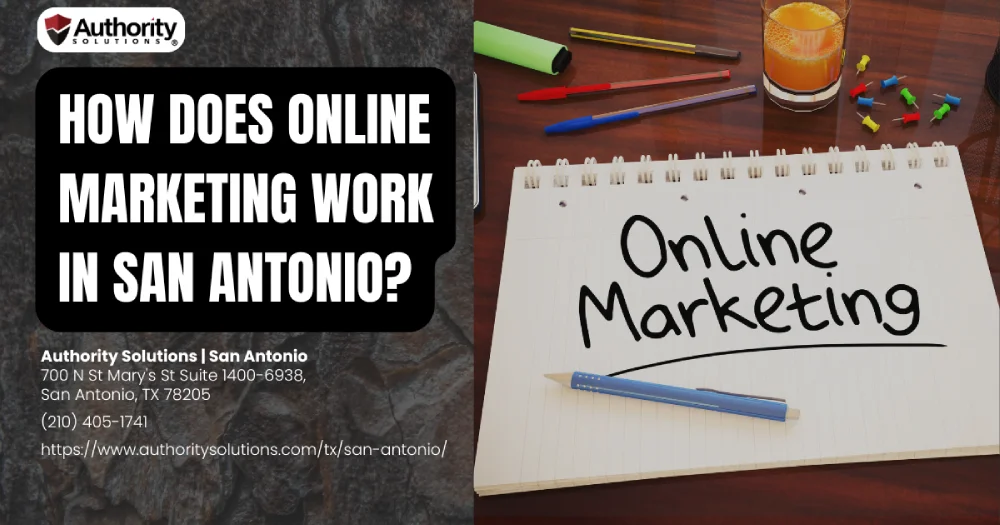Conversion Rate Optimization: Turning Visitors Into Customers With Internet Marketing Services
Are you struggling to convert website visitors into customers? You may have a beautiful website, but if it's not optimized for conversion, your efforts could be in vain. That's where conversion rate optimization (CRO) comes in - the process of improving your website and marketing strategies to increase the percentage of visitors who take action on your site.
With internet marketing services, you can turn those casual browsers into loyal customers. Understanding your audience and goals is key to creating effective CRO strategies. Analyzing and optimizing your website is also crucial - from user experience to page load speed, every detail counts. But it doesn't stop there; crafting targeted advertising campaigns and leveraging email marketing are additional ways to boost conversions. By measuring and analyzing results, you can continuously improve your CRO efforts and achieve the ultimate goal: turning visitors into customers.
Understand Your Audience and Goals
You gotta know who your audience is and what you want them to do in order to optimize your website for maximum conversion. Understanding your audience is the first step towards creating a successful online business. You need to understand their needs, wants, preferences, and pain points. This information will help you create content that resonates with them and convinces them to take action.
To understand your audience better, you can conduct market research using surveys, social media listening tools, or analytics data. These methods will give you insights into the demographics of your visitors, their behavior on your site, and the keywords they use to find you. Once you have this information, you can create buyer personas that represent your ideal customers.
In addition to understanding your audience, it's important to set specific goals for conversion rate optimization. These goals should be aligned with your business objectives and measurable so that you can track progress over time. Examples of conversion goals include increasing sign-ups for a newsletter or free trial offer, improving sales on a particular product page, or reducing cart abandonment rates. By setting clear goals and tracking results regularly, you'll be able to make data-driven decisions about how best to optimize your website for increased conversions.
Understanding your audience and setting specific goals are crucial steps towards optimizing your website for maximum conversion rates. But once these foundational steps are in place, it's time to analyze and optimize every aspect of your site in order to achieve even greater success in converting visitors into customers.
Analyze and Optimize Your Website
Take a look at your website and see where improvements can be made to increase engagement and encourage more sales. Analyzing and optimizing your website is a crucial step in conversion rate optimization. Here are some areas to consider improving:
- Website design: Make sure your website has an easy-to-use interface that is visually appealing. A cluttered or confusing layout can deter potential customers from exploring further.
- Content quality: Ensure that the content on your website is well-written, informative, and relevant to your target audience. Poorly written content with spelling or grammatical errors can turn potential customers away.
- Call-to-action (CTA): Place clear CTAs throughout your website to direct visitors towards making a purchase or taking another desired action. Make sure they stand out visually and are easily accessible.
- Load time: Slow loading times can significantly impact user experience, leading to frustration and potentially causing them to leave your site before making a purchase.
By analyzing and optimizing these areas of your website, you can improve user engagement and ultimately increase conversions. Craft targeted advertising campaigns that will drive even more traffic to your newly optimized site.
Craft targeted advertising campaigns that will drive even more traffic to your newly optimized site. By understanding who your target audience is, you'll be able to create ads that speak directly to their needs and interests. Use data analytics tools like Google Analytics or Facebook Insights to better understand what type of content resonates with them the most. Consider utilizing retargeting tactics as well, which show ads only to those who have visited your site before but did not make a purchase, encouraging them to come back for another chance at converting into a customer.
Craft Targeted Advertising Campaigns
Crafting targeted advertising campaigns is like creating a personalized invitation to your ideal customer, enticing them with tailored messaging and imagery that speaks directly to their interests. Through internet marketing services, you can gather data on the behavior and preferences of your website visitors. This information can then be used to create ads that are specific to their needs and desires.
For instance, if your website has a section dedicated to fitness equipment for women, you can use this information to create ads that target women who have previously visited your site. By showing them images of products they have shown interest in before, you increase the likelihood of conversion. Additionally, by writing copy that speaks directly to their fitness goals and aspirations, you make it easier for them to imagine themselves using those products.
By crafting targeted advertising campaigns, you not only increase the chances of converting visitors into customers but also improve brand awareness and customer loyalty. The more people see relevant ads from your business, the more likely they are to remember it when they need what you offer. Furthermore, by continuously refining your ad targeting strategy based on performance data analysis, you ensure that each dollar spent on advertising is optimized for maximum return on investment (ROI).
To further strengthen this connection with potential customers through digital marketing strategies, leverage email marketing as a means of nurturing leads into conversions.
Leverage Email Marketing
Leveraging email marketing is a great way to keep in touch with your audience and provide them with valuable content that keeps them engaged with your brand. Email marketing allows you to target specific groups of people based on their interests or behaviors, delivering personalized messages that are more likely to resonate with them.
To successfully leverage email marketing, it's important to create a strong email list by offering incentives for people to sign up, such as exclusive content or discounts. Once you have a solid list, you can begin crafting effective emails that provide value to your subscribers while also promoting your products or services.
Remember that the key to successful email marketing is providing value and building trust with your audience. By consistently delivering quality content and offers directly to their inbox, you'll increase the likelihood of converting those subscribers into loyal customers. As you continue implementing email campaigns, be sure to measure and analyze results in order to make data-driven decisions about how best to optimize your efforts moving forward.
Measure and Analyze Results
To effectively improve your email marketing strategy, it's crucial to regularly analyze and measure the success of your campaigns through tracking metrics such as open rates and click-through rates. Without analyzing data, you won't be able to determine what works and what doesn't. By measuring results, you can make informed decisions on how to optimize future campaigns for better conversion rates.
Here are four metrics that will help you analyze your email marketing campaigns:
- Open rate: This metric measures the percentage of people who opened your emails. A high open rate indicates that your subject lines are compelling enough to get people to click through.
- Click-through rate (CTR): The CTR measures the percentage of recipients who clicked on a link in your email. A high CTR means that the content in your email is engaging enough to encourage readers to take action.
- Conversion rate: This metric measures the percentage of recipients who completed a desired action after clicking through from an email. Examples include filling out a form or making a purchase.
- Bounce rate: This metric measures the percentage of emails that were undeliverable due to an invalid email address or other reasons. A high bounce rate may indicate issues with list hygiene or poor targeting.
By keeping track of these metrics, you'll be able to determine which aspects of your email marketing campaign are working and which need improvement. Use this information to tailor future campaigns for maximum effectiveness.
Frequently Asked Questions
How can I improve my website's loading speed to increase conversion rates?
To improve your website's loading speed, start by optimizing images and reducing the number of plugins. Consider using a content delivery network (CDN) and enable caching. Compress files and use a reliable web hosting service.
What are some effective ways to personalize my website's content for different audience segments?
To personalize your website's content for different audience segments, use data analytics to gather information about their interests and behaviors. Then, tailor your messaging and visuals accordingly to create a more personalized user experience.
How do I choose the right call-to-action for my website and advertising campaigns?
To choose the right call-to-action, consider your goal and audience. Use clear language and compelling visuals to guide visitors towards a specific action. Test different options and track results to improve over time.
Are there any ethical considerations I should keep in mind when using email marketing for conversion optimization?
When using email marketing for conversion optimization, it's important to obtain permission and provide an easy opt-out option. Avoid spamming, misleading subject lines, and overly aggressive tactics. Respect your audience's privacy and trust to maintain ethical standards.
Can social media marketing also be used to improve conversion rates, and if so, how?
Yes, social media marketing can improve conversion rates by building brand awareness, engaging with potential customers, and providing valuable content. Use targeted ads and track metrics to measure success.
Conclusion
Congratulations! You now have the knowledge and tools to turn your website visitors into valuable customers through conversion rate optimization. By understanding your audience and goals, analyzing and optimizing your website, crafting targeted advertising campaigns, leveraging email marketing, and measuring and analyzing results, you can create a seamless customer experience that drives conversions.
It's important to remember that conversion rate optimization is an ongoing process that requires constant monitoring and tweaking. Continually test new strategies and analyze their effectiveness to ensure that you are making the most of your internet marketing services. With dedication and persistence, you can achieve higher conversion rates and increase revenue for your business. Best of luck on your journey to success!









